We are consumed by thoughts of our own destruction. The image of the desolate city has become one of the “most successful cultural devices of the twenty-first century” according to Dr Catherine Morley of the University of Leicester. And it’s easy to see her point of view. From Fallout 3 to AHS: Apocalypse to World War Z to The Road by Cormac McCarthy, and even ‘Till the World Ends by Britney Spears, concepts of apocalypse and the downfall of civilization dominate our media industries.
While he is no stranger to courting the End of Times, in Stephen King’s “Summer Thunder” (the final short story in his collection The Baazar of Bad Dreams) the author shows a side of surviving the apocalypse that I have always found the most beguiling – the uselessness of it.
I remember watching 28 Days Later by Dany Boyle when I was young and thinking to myself, in no uncertain terms, “who could honestly be arsed?”
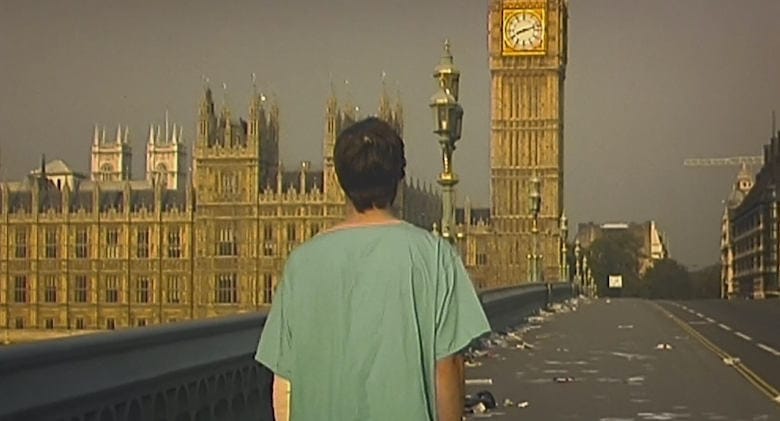
I’ve since had this conversation with my friends over drinks, or after the cinema, or even just to pass the time on long car journeys – What would you do in a zombie apocalypse? This is the common downfall of humanity and deserves an article of its own to properly investigate the sub-genre of apocalyptic fiction, so I use the term “zombie apocalypse” only because that’s how we envisage the scenario we have to survive. One friend is adamant that she will steal a bus, barrel into the nearest supermarket, stock up on tinned goods and medicine and then make for the Scottish Highlands. Another friend is heading straight to the coast and commandeering a vessel to take them to a small island in the Near Atlantic to wait out the rescue effort they are convinced will come (isn’t there always a rescue effort?”).
On and on these fictional heroes would go in order to save their selves and the last vestiges of humanity. And then the question would come to me, and my answer would be a bummer…
I just wouldn’t.
Let me tell you why.
Stephen King’s Summer Thunder
“He never would have expected Doom to be so lonely,” writes Stephen King of one of only two of his human survivors of the nuclear holocaust that erupted on June Sixth of an undisclosed year. Robinson, the protagonist of the story, lives alone after the death of his wife and daughter and the rest of humanity after the events of that day. Timlin, an aged neighbour further up the shore of Lake Pocomtuk, is his only point of contact, save the dog, Gandalf, that found him shortly after the world ended.
This story has no hope. There is no revolution of the soul to fight against the mistakes made that led to this disaster as in I Am Legend, nor is there a spectre of humanity lingering behind the story, ushering the narrative forward to save a child, or find other survivors. This is a story of suffering. Of the world that I envision when I play the “what if?” game of humanity’s collapse. There’s nothing to do, nothing anyone can do – it’s done. The world has ended.
The only two tenuous strings that hold Robinson to the world are the bonds he has with Gandalf and Timlin, and the desire to ride his motorbike one last time. But time is running out. Not because of a lack of food or shelter that usually wrack the minds of apocalypse survivors – his wife had kept their pantry well-stocked and he’d “joked about how Diana expected the apocalypse, but the joke turned out to be on him.” – but the decay of radiation poisoning that haunts the shore of Lake Pocomtuk as terrifyingly as it does the rest of the world. The only animals left are a lone Loon calling out in the woods and Gandalf the dog that gave Robinson a few days of peace before his end; “A little bit of grace. That’s what a good dog is. A little bit of grace.”
And the end comes swiftly. Gandalf and Timlin become litmus tests for how long Robinson has left. Bloody stools warn the end is nigh, painful muscles promise it won’t be a pleasant death. There is a naive playfulness when Timlin’s teeth fall out as he says, “I lost a tooth this morning, might mean nothing at my age, but…”
But they both know what is coming.
While Stephen King’s Summer Thunder is about suffering, there is a quiet kindness in it too. As Gandalf begin to weaken rapidly (“It’s happening so fast… this morning he was fine.”) Timlin offers Robinson a mercy for the old dog. He gives over a syringe Demerol and offers Robinson a way to let the dog die in peace, without pain. By far the most difficult scene to read in the story is Robinson holding the dog down to inject him in the neck, evoking memories of the Will Smith remake of I Am Legend.
But it is the final scene where I see myself most closely in this story. After a short trip to Bennington, (read Nerd Girl Power’s synopsis of the story) Robinson has a battery that will work in his motorbike. Instead of lingering on the face of a dead Earth, waiting for a nuclear winter to darken the sky and the fall out to tear him a part like a masochist in Hostel, Robinson chooses to take his own life by doing what he loves most now that it’s all he has left – ride a motorcycle helmetless off the bend in Dead Man’s Curve.
Fare Thee Well
The ideal way to go is in those first few moments that the apocalypse comes knocking. If you haven’t seen Seeking a Friend for the End of the World with Steve Carrel and Keira Knightly then please ignore this next link, but – when the end comes – it would be a beautiful thought for us all to go as they both did at the end of this film.
But there we have it, no matter the manner of apocalypse, if I’m not one of the lucky ones to immediately perish in the asteroid’s wake, or I’m not vapourised by the nuclear blast on impact, you can bet your bottom dollar that I’m letting the first zombie I see bite me or I’m throwing myself from the tallest building I can find. I have no will to battle water hording mutants, or rise through the ranks of a post-apocalyptic monarchy. Nor do I have any intention whatsoever of suffering the consequences of the fall out of whatever ended the world in the first place. Nope. No thank you. In the famous words of Simon Cowell, “It’s a no from me.”
— FOUNDATIONS OF HORROR —
Further explore these subgenres & tropes. more>>
#Zombie horror

Last Updated on May 20, 2021.

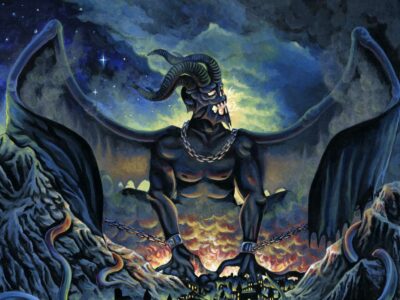

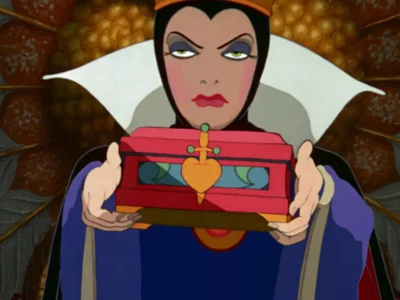
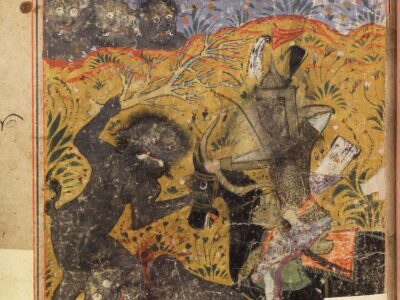

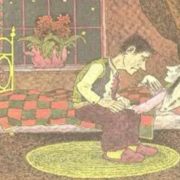

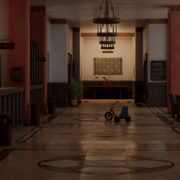





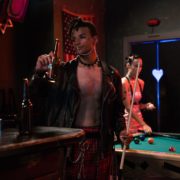
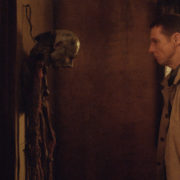

Comments